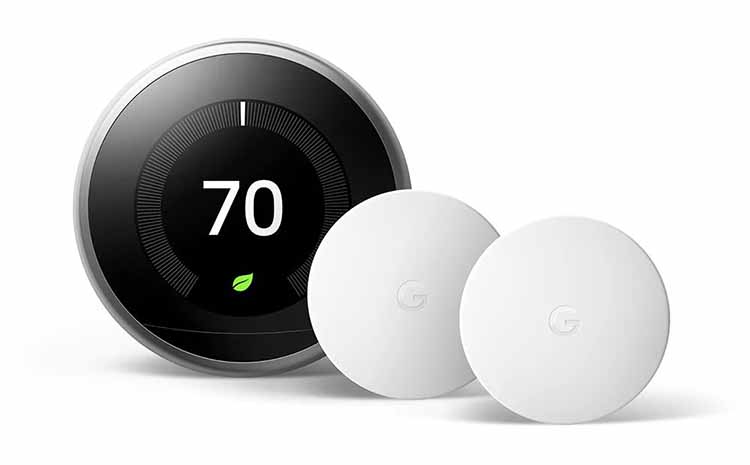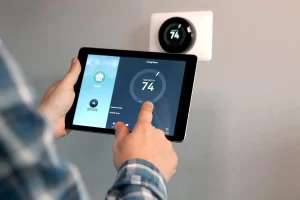In the realm of home automation, the Google Nest Temperature Sensor has emerged as a valuable tool for creating a comfortable and energy-efficient living environment. As part of the Google Nest ecosystem, this sensor provides homeowners with enhanced control over their heating, ventilation, and air conditioning (HVAC) systems, enabling them to optimize energy usage and personalize their home climate.
The Google Nest Temperature Sensor is a small, wireless device that can be placed in any room of the house. It works in conjunction with the Google Nest Learning Thermostat or Google Nest Thermostat E to provide more accurate temperature readings and enable targeted climate control. By placing sensors in multiple rooms, homeowners can ensure that the temperature is balanced throughout their living spaces, rather than relying solely on the thermostat’s location.
One of the primary benefits of the Google Nest Temperature Sensor is its ability to improve comfort levels within the home. Traditional thermostats often measure the temperature in a single location, which may not accurately represent the temperature in other areas of the house. With the temperature sensor, homeowners can achieve a more consistent and comfortable temperature throughout their entire home.
For example, if the living room tends to get warmer than other rooms, the sensor placed in that room can communicate with the thermostat to adjust the cooling or heating accordingly, ensuring a comfortable environment for occupants.
Also Read : Ameren Nest Thermostat: Revolutionizing Energy Efficiency
Furthermore, the Google Nest Temperature Sensor contributes to energy efficiency by optimizing the operation of the HVAC system. Instead of relying solely on the thermostat’s reading, which may be influenced by factors such as sunlight or drafts, the sensor provides a more accurate assessment of the temperature in each room. This allows for more precise control of the HVAC system, preventing unnecessary heating or cooling of unoccupied rooms. By only conditioning the rooms that need it, homeowners can reduce energy waste and lower their utility bills.
Enhancing Home Automation with Google Nest Temperature Sensor
The integration of the Google Nest Temperature Sensor into a wider home automation ecosystem offers even greater benefits. It can be connected to other smart devices, such as smart lights or smart blinds, to create coordinated automation routines. For example, if the temperature sensor detects that a room is too warm, it can trigger the smart blinds to close, reducing the heat gain from sunlight. Similarly, it can communicate with smart lights to adjust brightness levels based on the natural light and temperature conditions in a room. These interconnected actions enable a more seamless and efficient home automation experience.
Setting up and configuring the Google Nest Temperature Sensor is a straightforward process. It connects wirelessly to the Google Nest thermostat via the home Wi-Fi network, and the accompanying mobile app allows homeowners to monitor and control the temperature settings remotely. The app provides real-time temperature readings from each sensor, as well as the ability to set temperature thresholds and schedules for different rooms.
In summary, the Google Nest Temperature Sensor enhances home automation by providing accurate and localized temperature readings. By integrating with the Google Nest ecosystem, it enables homeowners to achieve personalized comfort and energy efficiency. Through targeted climate control and seamless integration with other smart devices, the temperature sensor contributes to a more comfortable, convenient, and sustainable living environment.







Tinggalkan komentar